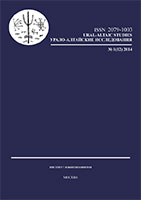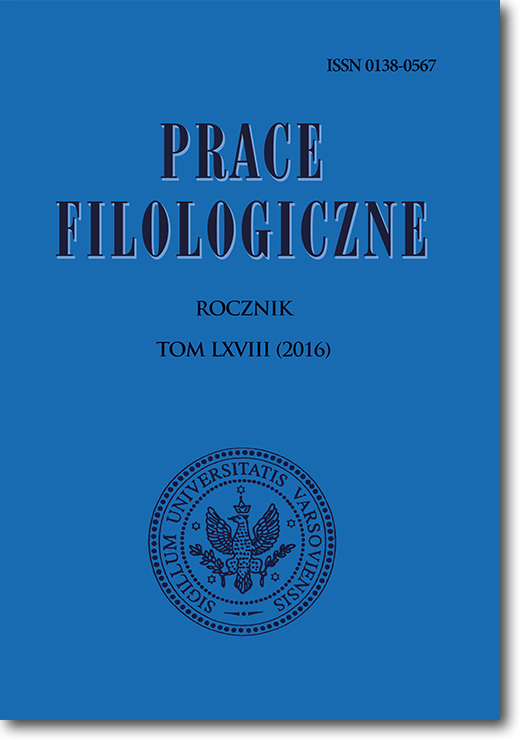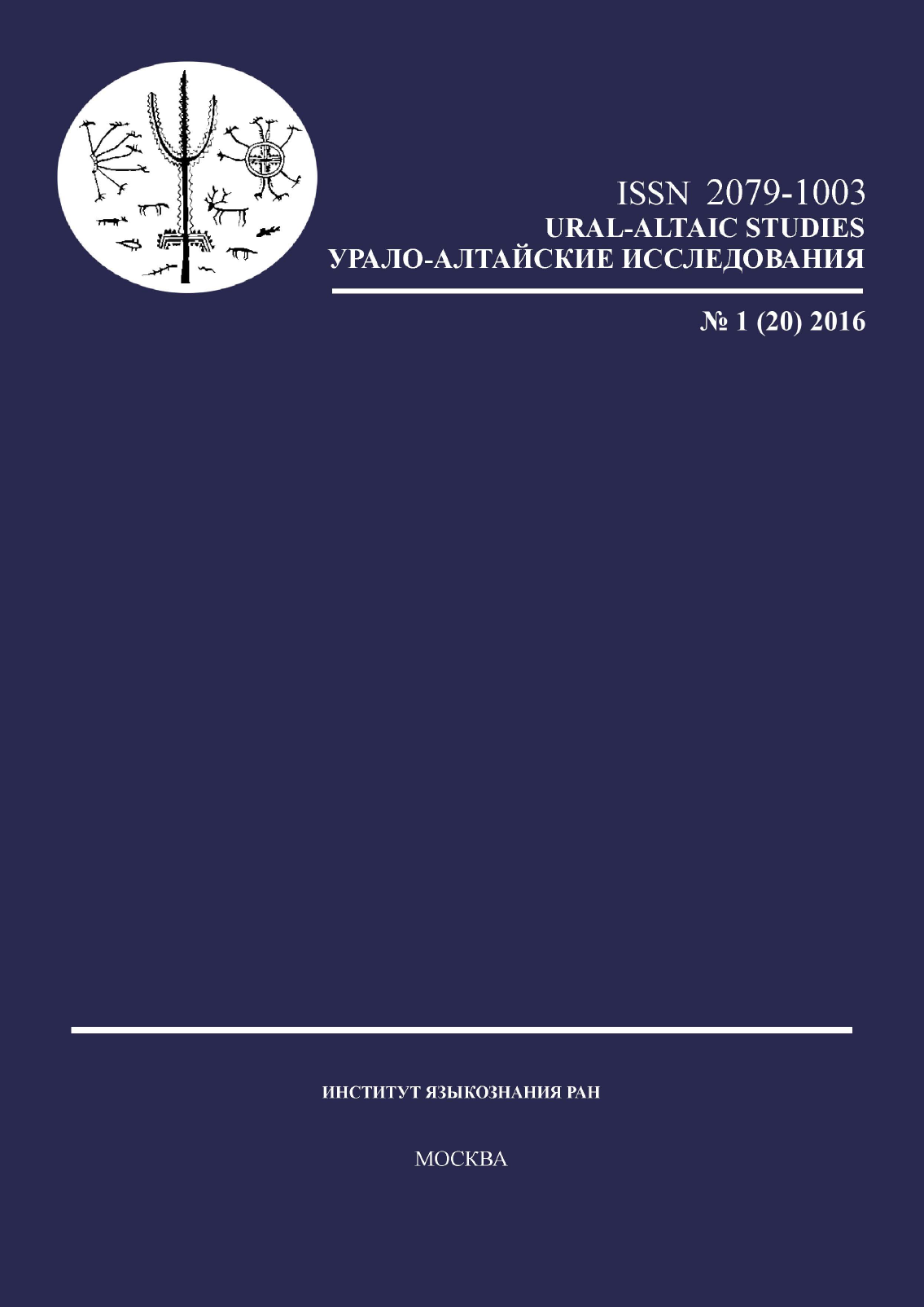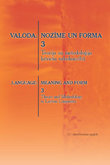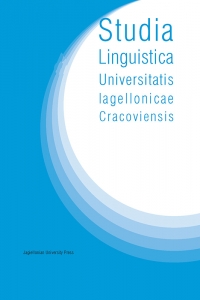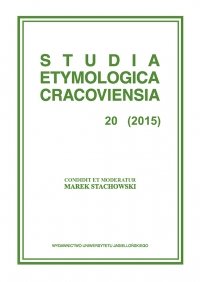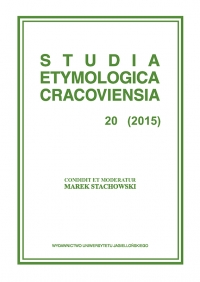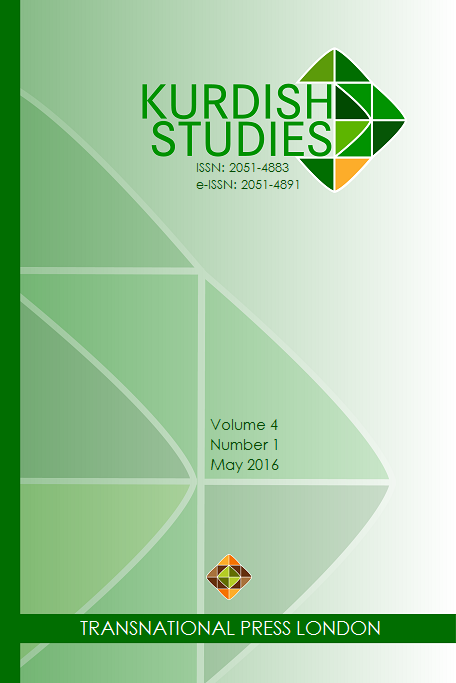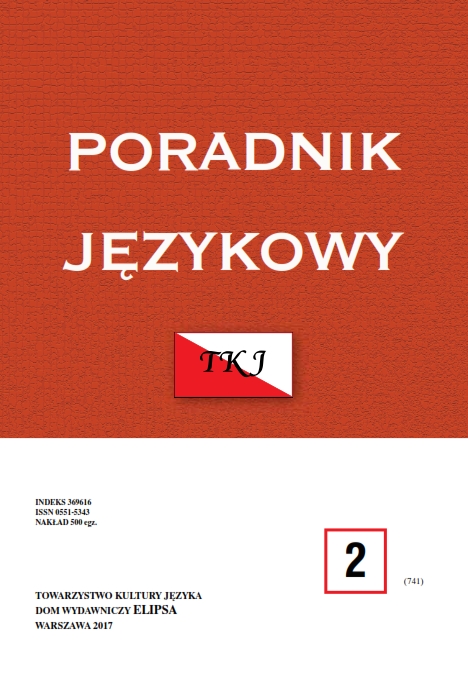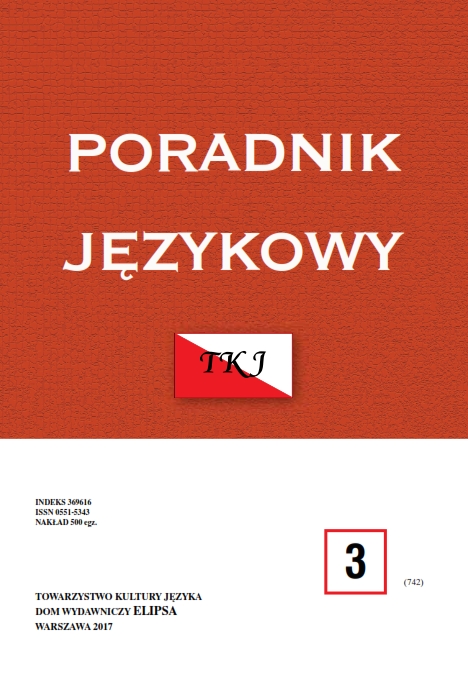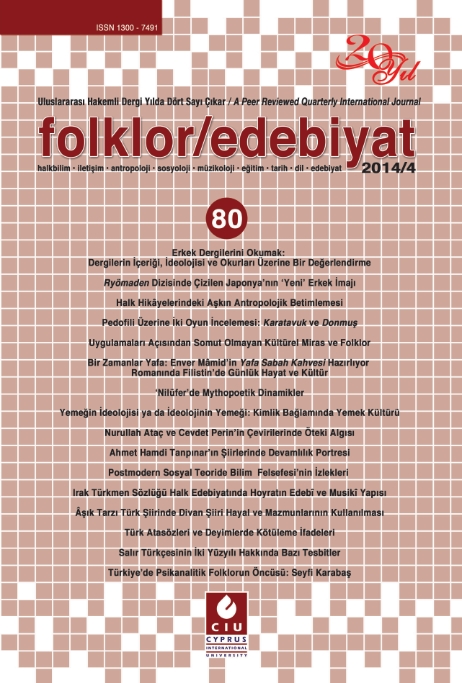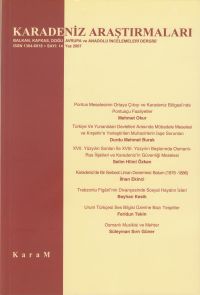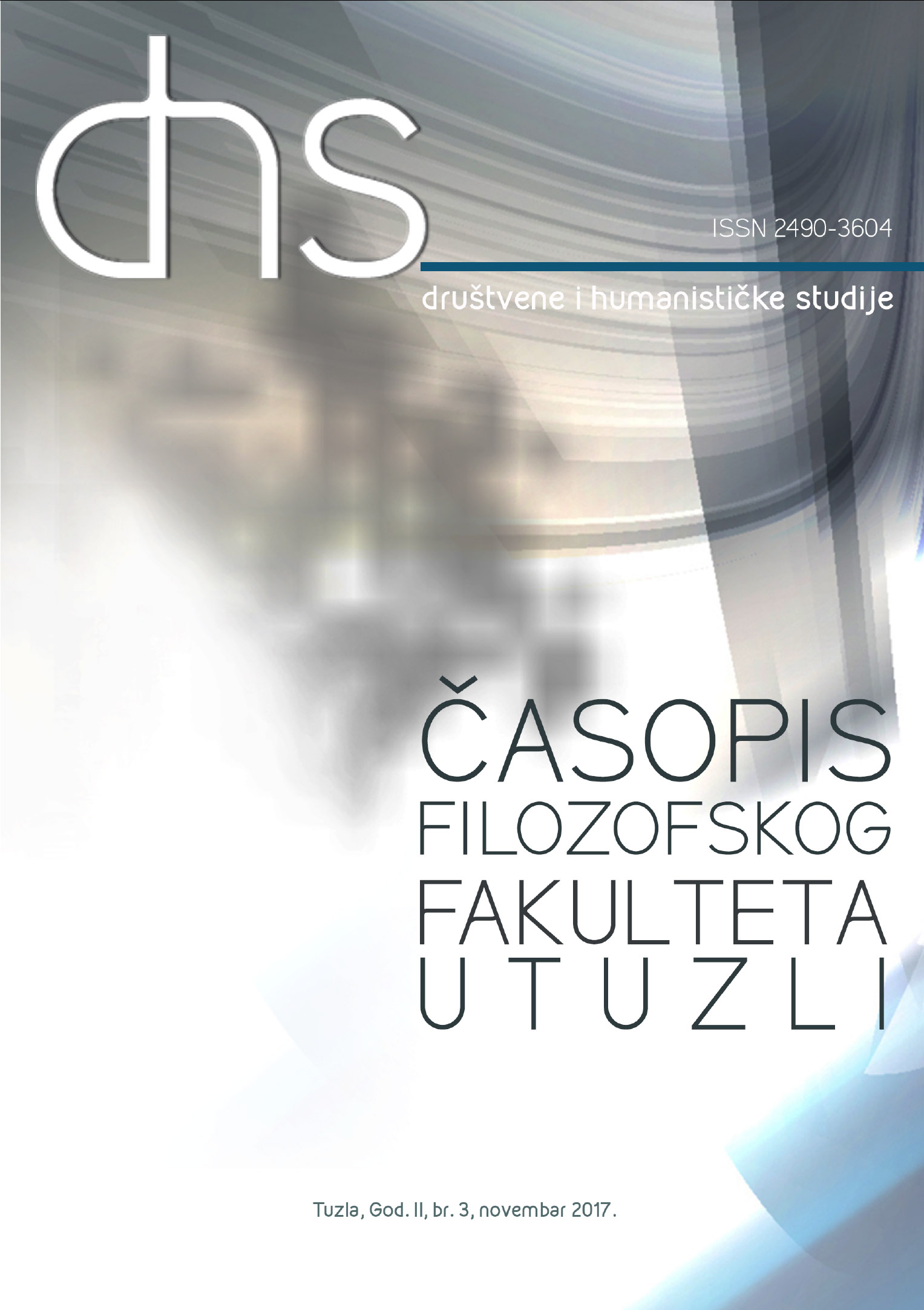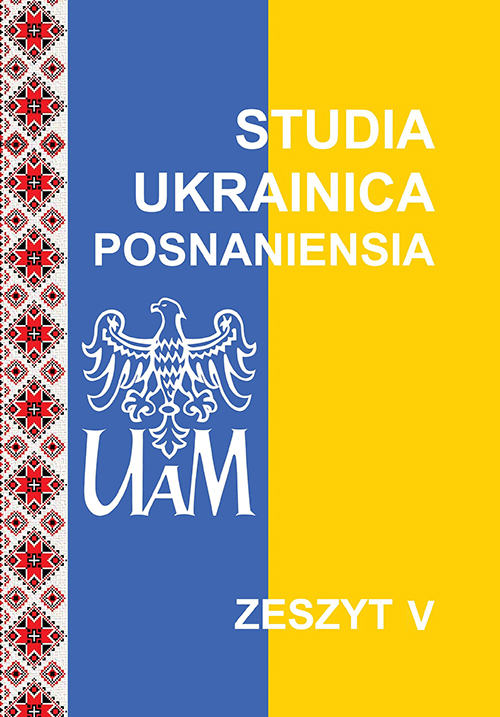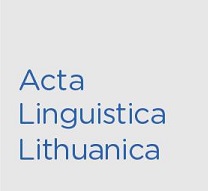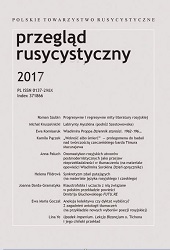Author(s): Ersin Teres / Language(s): Turkish
Issue: 80/2014
Salir Turkish, which is one of nine Turkish dialects spoken along with New Uyghur Turkish, Kazakh Turkish, Kyrgyz Turkish, Uzbek Turkish, Tatar Turkish, Tuvan Turkish, Yugur Turkish, and Fu-yu Kyrgyz Turkish in the People’s Republic of China, has great significance in terms of vocabulary. Besides including vocabulary from Mongol, Chinese, Tibetan, Arabic, Persian, Greek, Russian, etc. in its vocabulary, it also has vocabulary from other Turkish dialects. That Salir Turkish borrowed vocabulary from these languages and dialects indicates that it used to be in a lingual relationship with these languages at some specific periods of history. One more aspect of Salir Turkish which attracts attention in terms of vocabulary is that its vocabulary ranges in the nineteenth and twentieth centuries. Like that, we will try to give emphasis to these differences in this study. While identifying these differences, we have made use of the study called Tangutsko-Tibetskaya okraina Kitaya i tsentral’naya Mongoliya from Grigoriy Nikolayeviç Potanin and the work of art called Diary of a Journey through Mongolia and Tibet in 1891 and 1892 from William Woodville Rockhill, which are our resources regarding nineteenth-century Salır Turkish. And as to the vocabulary of Salir Turkish in the twentieth century, we have used the publications called Sālā-Hàn Hàn-Sālā Cíhuì from Lianyun Lín, Un vocabulaire salar and Textes salar from Susanne [Zsuzsa] Kakuk, Salarskiy yazık and Salarskiye Tekstı from Edhem Rahimoviç Tenişev, An Ili Salar Vocabulary from Abdurişid Yakup and Zhongguo tujueyuzu yuyan cihuiji which is prepared in Pekin.
More...
